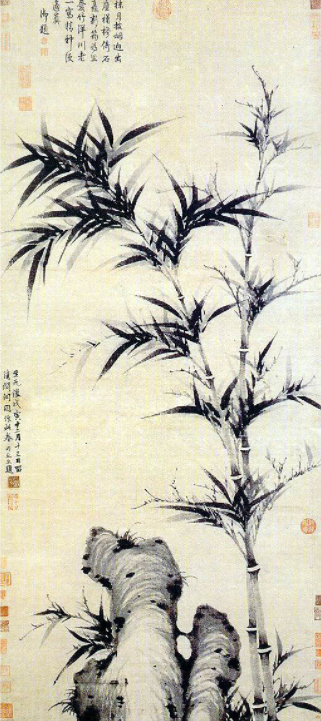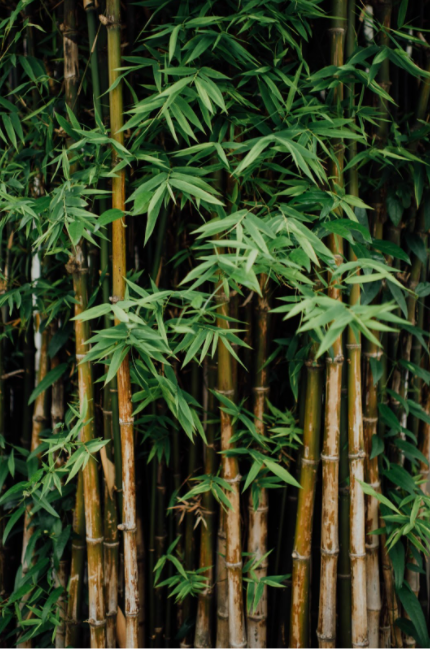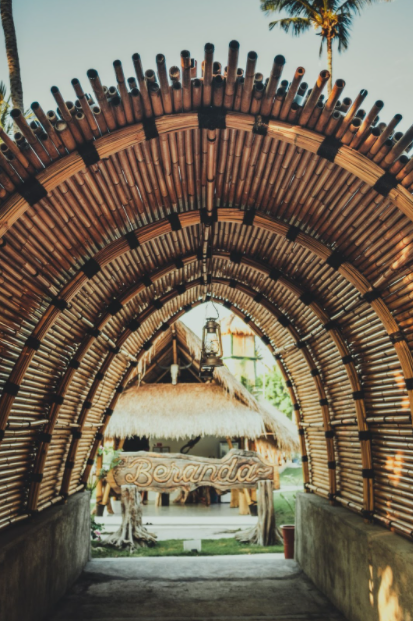Bamboo’s Boon to Buildings
The value systems around production, consumption, design, and decision-making pioneered in the Chinese and other Asian cultures, are inseparable from sustainability and circularity. The simplest example is that of Bamboo - from chopsticks to hairpins to mats and building structures, a material that is as strong as it is versatile and as cost-effective as it is eco-friendly.
Chinese art motifs commemorate the resilience and steadfastness of Bamboo as a plant. It is regarded as one of the ‘Three Friends of Winter’ alongside Pine and Plum, given their resistance to winter induced withering. Furthermore, in many Chinese ink and wash paintings depicting biophilic elements like birds and plants, Bamboo symbolizes summer where it becomes one of ‘the Four Gentlemen’ next to spring’s orchids, autumn’s chrysanthemum, and the winter’s plum. Together, they embody four virtues valued immensely in the cultural tradition - uprightness, purity, perseverance, and humility in the face of adversity.
Clearly, the story of Bamboo matters. The symbolism and continuous depiction of Bamboo across art, cultural and anthropological edifices only echo its cherished and sustainable use in architecture.
Here are three reasons why Bamboo is matchless in its value as a green building material:
The Truly ‘Green’ Grass
It’s a plant, a grass, to be specific, with a very unique botanical lifecycle - it grows nearly 15 times faster than traditional timber like Pine. It is a very renewable material as it can be harvested as early as three years after it's planted. It regrows easily from its own roots and has a replenishing nature. As a plant it absorbs the atmospheric carbon-dioxide thereby naturally contributing to carbon footprint reduction. Moreover, unlike man-made and synthetic materials like cement or worse, asbestos, Bamboo is a very safe and healthy material for use in building everyday habitable spaces.
2. Matchlessly Strong and Steady
Once harvested, as a structural material it is used in the form of ‘bamboo canes’. A bamboo cane has tremendously adaptive uses - it's lightweight but very sturdy and hence it can be split, moulded, bent, carved, and arranged into a variety of forms. Its flexibility is evidenced by its strength-to-weight ratio higher than graphite. Combined with its tensile strength, (sometimes even higher than some alloys of steel!) and compressive strength comparable and nearly twice the strength of concrete, bamboo is a very durable and viable material for strong and stable structural systems in buildings.
3. Versatile In the Built Space Conventionally,
Bamboo cultivation has been more prevalent in Southeast Asia and South American regions and their climates. From cost-effective domestic dwellings and boutique furniture to hold up suspension bridges, it is a versatile material when it comes to constructing different structural, functional, and aesthetic elements in a built space. When it comes to the structural design, the floor, walls, and roof are constructed in conjunction with one another to achieve overall stability. Also, given its elastic nature, Bamboo is widely preferred in earthquake-prone regions.
Are you ready to bring Bamboo home?
If you are actively considering alternate materials for your ongoing construction or contemplating the prospects of a new sustainable building project using green materials, methods and technologies, please get in touch with us to find out how we can help you.
You can also read more about our alternative approach to sustainable structural engineering design that benefits people and the planet, for stronger communities with a brighter future.




